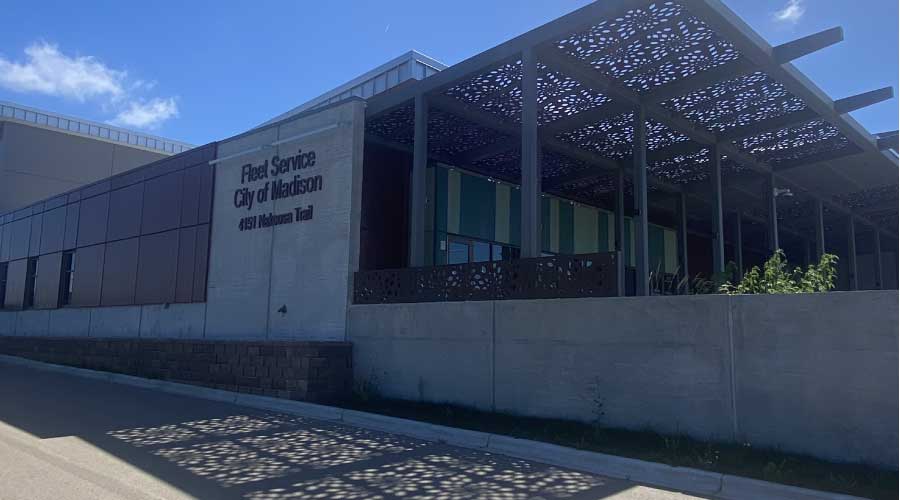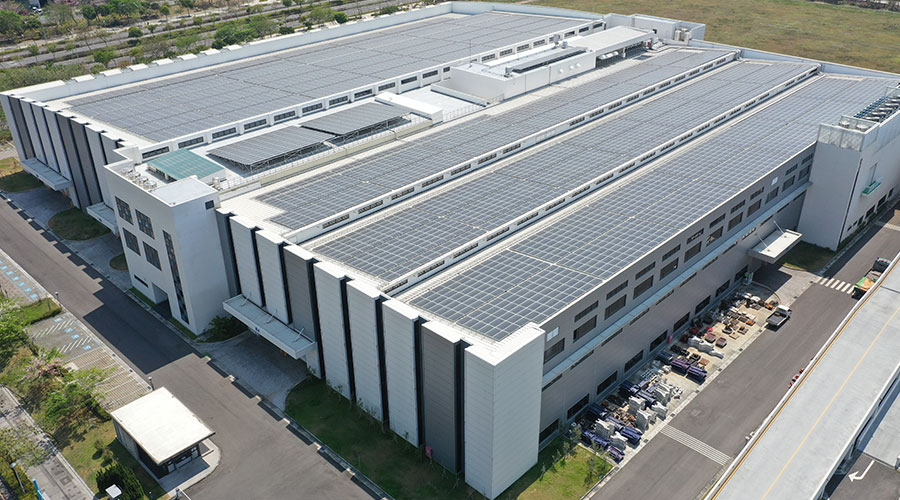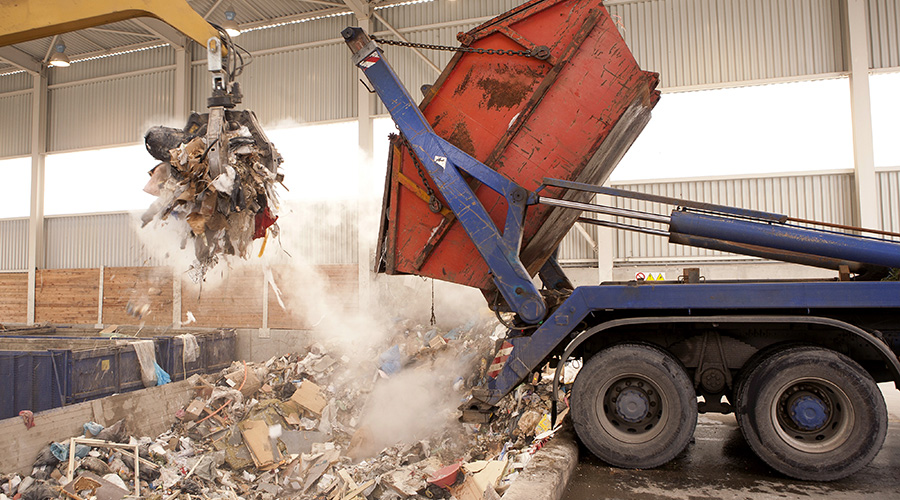ASHRAE, LEED Updates Include Lighting, Sustainable Materials
Among the many updates in ASHRAE and LEED standards are those involving lighting, sustainable materials, and new credits.
Chapter 9 of ASHRAE 90.1 focuses on interior and exterior lighting requirements. Several updates were made within this chapter, with the first focused on further reductions to interior and exterior lighting power allowances. Almost all room types, including classrooms, conference rooms, lobbies, lounges, and enclosed offices and sales areas, have seen a reduction in lighting power allowances. The exceptions include corridors, stairways, and open office space, which have been allotted slightly higher lighting power allowances per 90.1-2010.
Chapter 9 also focuses on daylighting and daylight controls. To meet ASHRAE 90.1-2010, daylighting controls are now required in spaces where more than 250 square feet of floor area is illuminated by daylight via side-lighting or windows, or where more than 900 square feet of floor area is illuminated by daylight via top-lighting or skylights.
Finally, to comply with Chapter 9 of 90.1-2010, any alterations or renovations done on a building that involve more than 10 percent of the interior or exterior lighting will have to incorporate automatic shutoff for all new lighting systems. The 2010 standard also requires that all enclosed spaces contain at least one lighting control device with one control step in addition to on/off control and an occupant sensor/timer.
Updates To LEED
LEED v4 introduces many new updates, yet maintains multiple items that have not changed in the transition from LEED 2009. Some of those unchanged items are the 100-point-based certification system, availability of regional priority and pilot credits, and the LEED AP credentialing. Items that have changed within v4 are the addition of a new credit category (Integrative Process), expansion of the market sectors that are addressed, inclusion of international requirements, and a greater focus on whole building performance.
The chart above highlights credits within LEED v4 that have been modified or are new. As seen within each credit category, most credits have experienced revisions, and new credits have been added.
Among the most significant changes are those found in the heavily revised Materials and Resources category. This overhaul will essentially shift toward rewarding the use of materials with multiple sustainable attributes. This credit category alone will also prompt a whole market change toward increasing product transparencies.
One of the new credits within this section that is drawing increased attention from building owners and design professionals is Building Product Disclosure and Optimization — Environmental Product Declarations. This credit requires the design team to use 20 different materials from five different manufacturers, all of which must have completed Environmental Product Declarations (EPD).
EPDs are similar in nature to Material Safety Data Sheets (MSDS) but focus strictly on building materials and their environmental impact, as measured by seven life cycle impact categories within LEED. Those categories are: global warming potential (GWP), ozone depletion potential (ODP), photochemical ozone creation potential, acidification potential, eutrophication potential, depletion of abiotic resources (elements), and depletion of abiotic resources (fossil fuels).
The manufacturers must obtain all EPDs from third-party reviewers such as Underwriters Laboratory (UL). At present, materials with completed EPDs are not readily available from all manufacturers across all building material product segments. Their creation will take time and initial investment by manufacturers. For projects seeking to pursue this credit, the design team and owner must be aware of the limited availability and the potential increased material costs.
Along similar lines as the previous credit, the Building Product Disclosure and Optimization — Material Ingredients credit is also attracting notice. This credit requires the use of 20 different materials from five different manufacturers that all have completed Health Product Declaration (HPD) sheets. HPD sheets are similar in nature to the nutritional information listed on food products, except that all ingredients within the particular building item being evaluated must be listed down to 0.1 percent. Impacts on human health, such as carcinogens, must be identified for each ingredient listed for that material. These sheets also must be completed by third-party testing agencies. Again, this type of documentation will take time and resources for manufacturers to build up their inventory of products with completed test data. As a result, project teams pursuing this credit should be mindful of these requirements in the early design phases.
For years the industry has been anticipating significant building energy-use reductions as well as updates to standards and building certifications similar to ASHRAE 90.1 and LEED. Up to now, these two documents have made movements toward the future of green buildings and have done so in small increments. With the more significant recent changes, however, there has been a greater leap toward the goal of net-zero or positive impact buildings, making it clear that the future is now.
Jessica Baker is a senior design engineer for Southland Industries' Mid-Atlantic Division; her email is jbaker@southlandind.com. Justin Herzing is a design engineer for the same division; his email is jherzing@southlandind.com.
Related Topics:














